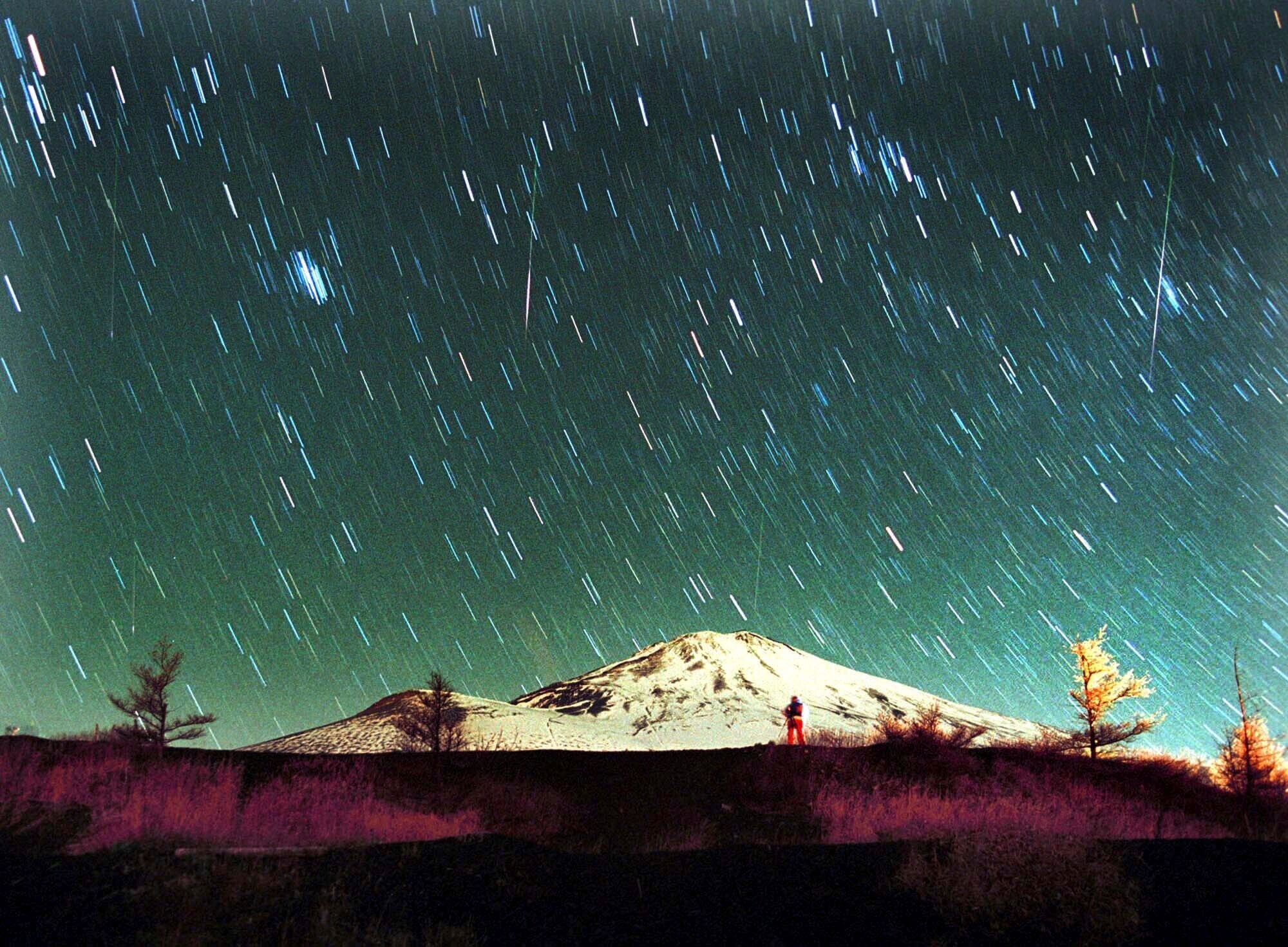
Two rare celestial spectacles will coincide this weekend as the last supermoon of the year rises in the night sky just as the Leonid meteor shower begins to reach its peak.
The full moon on 15 November, also known as the Beaver moon, will reach peak illumination just after 10pm BST (4pm EST). The Leonid meteor shower began on 3 November but will peak on the night of 17 November.
The Leonids are known for their high-speed meteors, which can travel at up to 70 kilometres per second (44 miles per second).
“Unfortunately this year, the viewing conditions will be affected” by a nearly full moon, said Shyam Balaji of King’s College London.
“Watching during the early morning hours, when the moon is lower in the sky, can improve your chances of seeing more meteors.”
This shower may result in around 15 visible meteors per hour under ideal viewing conditions.
This year’s peak activity on Sunday will happen when the Moon is 98 per cent full. The shower lasts until 2 December.

Multiple meteor showers occur annually and you don’t need special equipment to see them.
Most meteor showers originate from the debris of comets. The source of the Leonids is the comet Tempel-Tuttle.
When rocks from space enter Earth’s atmosphere, the resistance from the air makes them very hot. This causes the air to glow around them and briefly leaves a fiery tail behind them – the end of a “shooting star.”
The glowing pockets of air around fast-moving space rocks, ranging from the size of a dust particle to a boulder, may be visible in the night sky.
Meteor showers are usually most visible between midnight and predawn hours in places without much light pollution.
The next major meteor shower will begin on the same day that the Leonids disappear from the skies, with the Geminids peaking on 12 December.
Additional reporting from agencies.







